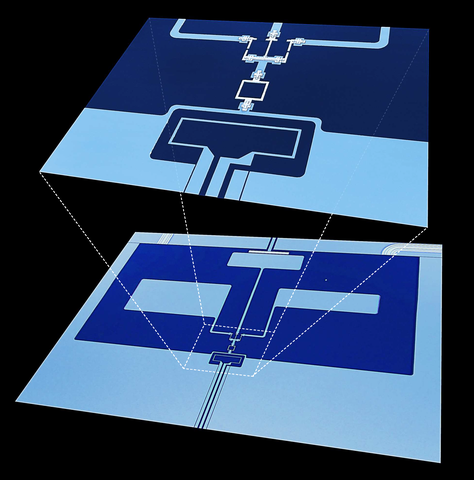
Credit: R. Simmonds/NIST
The novel device could lead to more versatile quantum processors with clearer outputs...
Read More

The novel device could lead to more versatile quantum processors with clearer outputs...
Read More
The cosmic boundary, perhaps caused by a young Jupiter or a wind from the solar system emerging, likely shaped the composition of infant planets. In the early solar system, a “protoplanetary disk” of dust and gas rotated around the sun and eventually coalesced into the planets we know today.
A new analysis of ancient meteorites by scientists at MIT and elsewhere suggests that a mysterious gap existed within this disk around 4...
Read More
Recent Comments